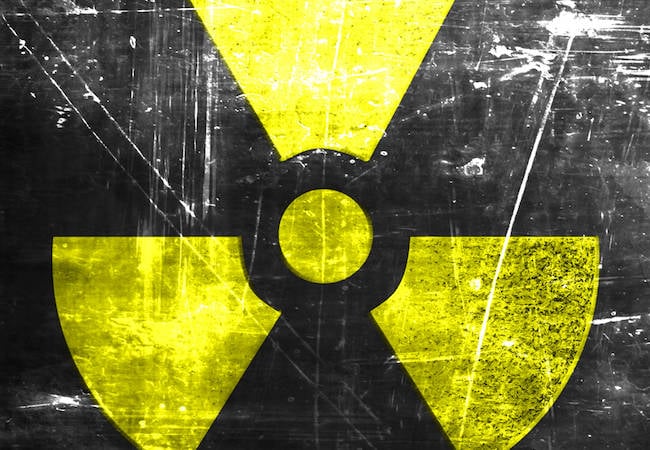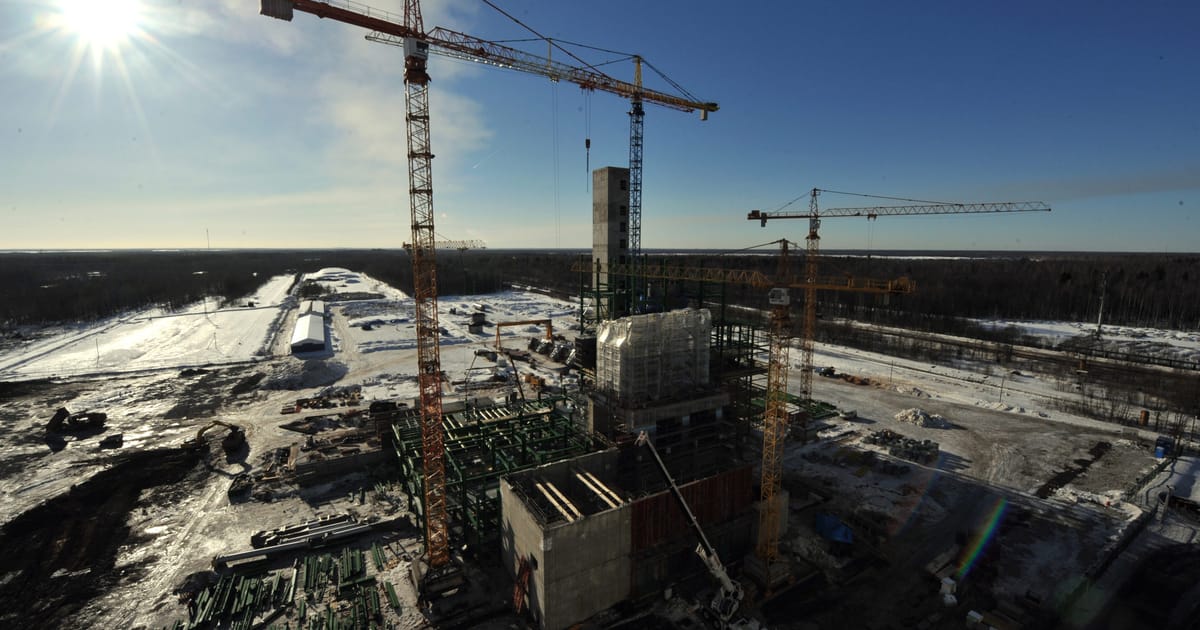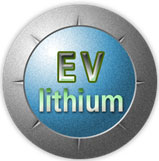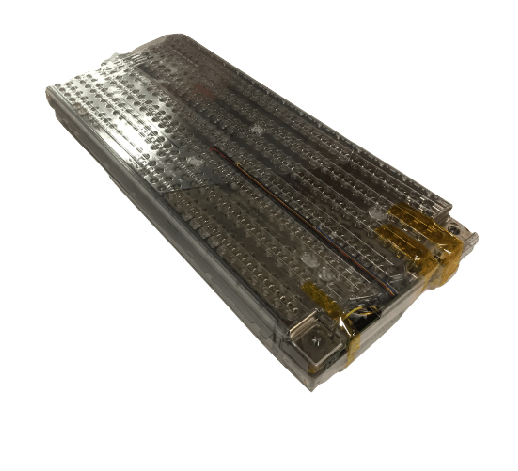After more than 50 years, molten salt nuclear reactors might be making a comeback. The US Department of Energy (DoE) has tapped Los Alamos National Laboratory (LANL) to lead a $9.25 million study into the structural properties and materials necessary to build them at scale.
"The US needs projects like this one to advance nuclear technologies and help us achieve the Biden-Harris administration's goals of clean energy by 2035 and a net-zero economy by 2050," said Asmeret Asefaw Berhe, director of the office of science, in a statement.
The study, conducted as part of the Scientific Discovery though Advanced Computing (SciDAC) program, seeks to gain a better understanding of the relationship between corrosion and irradiation effects at the atomic scale in metals exposed to molten salt reactors through simulation.
Unlike conventional fission reactors, which rely on large quantities of water for cooling and power generation, molten salt reactors – as their name suggests – utilize metallic fluoride salts for the nuclear fuel and coolant. In these reactors water is only used to generate power.
This isn't the first time the DoE has explored this reactor tech. In the middle of last century, Oak Ridge National Laboratory (ORNL) took the lessons learned from the Aircraft Reactor experiment to build a functional nuclear aircraft power source and began construction of a molten salt test reactor.
The experiments, conducted between 1957 and 1969, utilized a mixture of lithium, beryllium, zirconium, and uranium fluoride salts. Cooling was also achieved using a fluoride salt mixture, but it lacked the uranium and zirconium found in the fuel.
The experiments proved promising, as molten salt reactors were generally smaller and considered safer compared to the pressurized water reactors still used today. But both proved too heavy for powered flight or materials design.

DoE taps Los Alamos to lead molten salt reactor research
The collaborative effort pits supercomputers against the agency's corrosive reactor research











